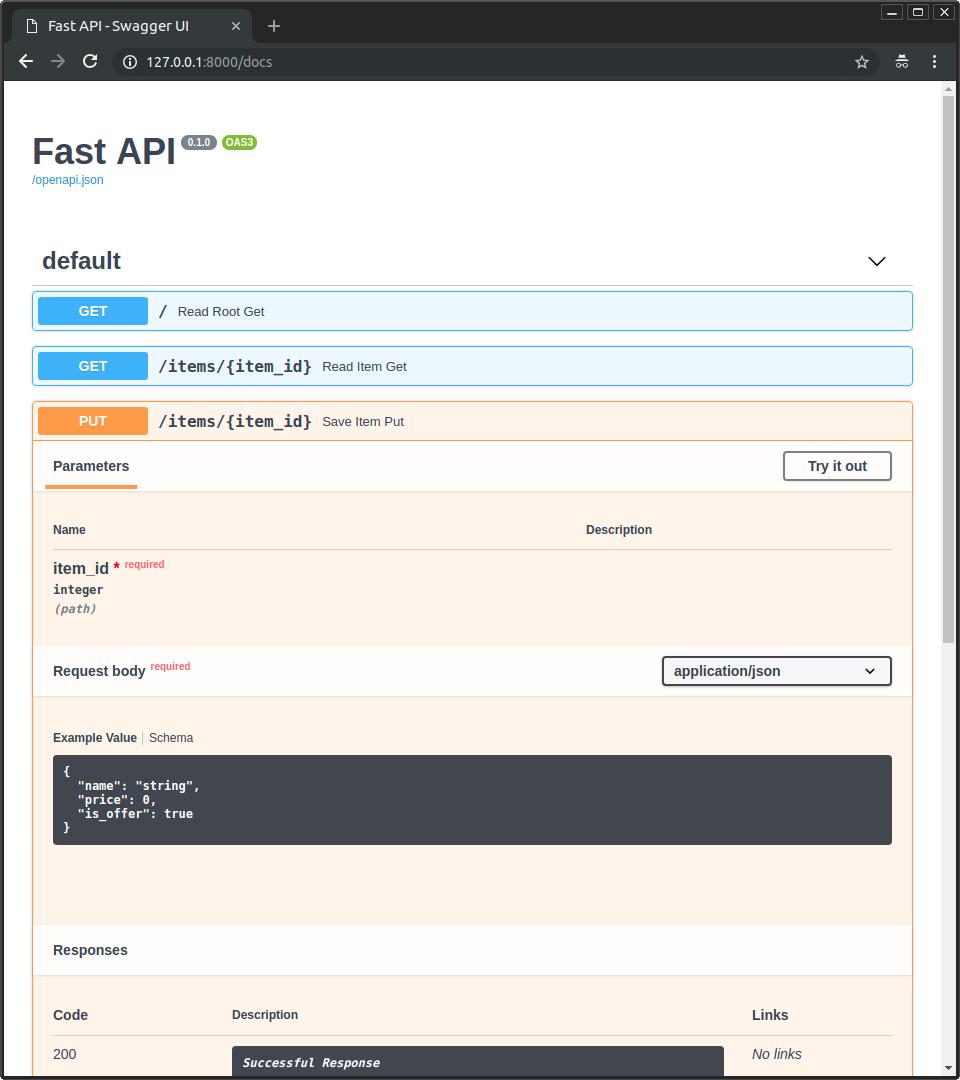Let's start off 2020 with some #Bacteremia myth💥!!
Some questions answered here:
Do fevers predict bacteremia?
Can you predict when someone will have an ESBL bacteremia?
I learned a lot preparing this review, I hope you do too
#MedTwitter #IDTwitter #MedEd
Is it normal for people to be bacteremic on a daily basis?
People can be bacteremic from a few mins up to an hour a day! 🤯
Can result from brushing teeth, bowel movements, dental cleaning, colonoscopies, etc
This is classified as transient bacteremia. With normal hosts, this usually does not cause issues
ncbi.nlm.nih.gov/pubmed/19374579
Bacteremia can be transient, intermittent, persistent
⭐️Intermittent: bacteria for periods of time, ie pneumonia, abscess, meningitis
⭐️Persistent: endovascular, ie endocarditis, suppurative thrombophlebitis, intravascular foreign bodies
ncbi.nlm.nih.gov/pubmed/19374579

In the hospital we order blood cultures for every fever. Is this sensitive or specific for bacteremia?
It is NOT!
Multi-center, retrospective study evaluated timing of blood culture collection in relation to fevers in 1400 pts.
They found NO relationship between timing of collection at the onset of fever and likelihood of a positive blood culture
ncbi.nlm.nih.gov/pubmed/18305133
Are there higher false-positive rates when you draw blood cultures off a FRESHLY placed IV catheter?
⭐️In a study with 4108 blood cx, the false-positive rate was 9.1% when obtained at time of catheter insertion, vs 2.8% when drawn from separate site
ncbi.nlm.nih.gov/pubmed/12585951

Is there a way to predict whether a bacteremic patient has an ESBL-producing organism?
⭐️Decision tree has been made!
⭐️Patients classified as ESBL+ were 91% likely to be true + cases
⭐️Patients classified as ESBL- were 92% likely to be true - cases
ncbi.nlm.nih.gov/pubmed/27358356

Which of the following has been shown to be the best predictor of bacteremia?
💥It is difficult to give a definitive list, as publications have different predictors
For example, prospective study of febrile ED patients found that the most significant predictor was the presence of RIGORS, followed by chills, thrombocytopenia
ncbi.nlm.nih.gov/pubmed/22463870

Another study evaluated ED patients with bacteremia at presentation
They reported:
⚡️33% had normal temperature
⚡️52% had normal WBC
⚡️80% had bandemia
ncbi.nlm.nih.gov/pubmed/20674238

I love this paper:
Does this adult patient with suspected bacteremia require blood cultures?
Probability of bacteremia can depend on clinical syndromes
💧Low risk: cellulitis, CAP
💧Intermediate risk: pyelo
💧High risk: septic shock, meningitis
ncbi.nlm.nih.gov/pubmed/22851117

In the same paper:
🍁They report that shaking chills was helpful in identifying bacteremia
🍁Chills in febrile patients was more useful than chills alone
🍁Temperature alone was not particularly helpful
ncbi.nlm.nih.gov/pubmed/22851117

Also, I really liked @VarunPhadke2 schemas on the questions to ask the lab with positive blood cultures
@JenniferSpicer4 @CarlosdelRio7 @gradydoctor
Summary:
🔥We are bacteremic daily
🍁You don’t have to run for blood cx with each fever
💧Higher false-positive rates from fresh IV
⚡️You can predict ESBL bacteremia
💥Rigors & chills can be indicators
⭐️Temp & WBC are not the best at predicting bacteremia at presentation














